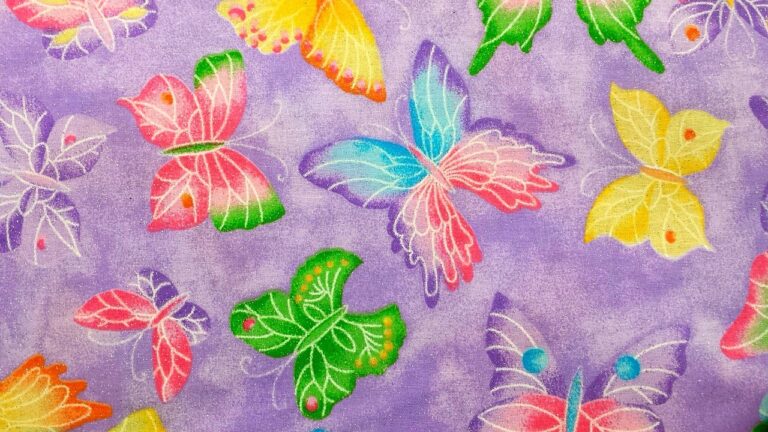Inclusive Fashion: Embracing Diversity in Clothing Lines
With the increasing focus on diversity and inclusivity in all aspects of society, the fashion industry is no exception. Inclusive fashion is a movement that aims to cater to individuals of all shapes, sizes, ages, abilities, and identities. It is a call for brands to create clothing lines that embrace diversity and empower people to express themselves authentically through fashion.
The Importance of Inclusive Fashion
Inclusive fashion goes beyond just offering a wider range of sizes. It is about acknowledging and celebrating the diverse bodies and identities that exist in the world. By embracing inclusivity, fashion brands can make a positive impact on individuals’ self-esteem and confidence. When people see themselves represented in the media and in fashion, they feel seen, valued, and accepted.
Moreover, inclusive fashion is not only a moral imperative but also a smart business move. According to a study by the Business of Fashion, brands that embrace diversity in their advertising and product offerings are more likely to attract and retain a loyal customer base. Inclusivity is not just a trend; it is a long-term strategy for success in the fashion industry.
Creating Inclusive Clothing Lines
So, how can fashion brands ensure that their clothing lines are truly inclusive? Here are a few key strategies:
1. Size Inclusivity
One of the most important aspects of inclusive fashion is size inclusivity. Brands should offer a wide range of sizes, including plus sizes, petite sizes, and tall sizes. Every body is different, and clothing should be designed to fit and flatter all body types.
2. Gender Diversity
Traditional notions of gender in fashion are evolving, and brands should reflect this in their clothing lines. Gender-neutral and unisex clothing options are becoming increasingly popular, allowing individuals to express their identity without conforming to traditional gender norms.
3. Representation and Diversity in Advertising
Inclusivity in fashion goes beyond just the clothing itself. Brands should also strive to represent diverse models in their advertising campaigns. By showcasing individuals of all races, ages, sizes, abilities, and identities, brands can make their products more relatable and appealing to a wider audience.
4. Adaptive Clothing
Another important aspect of inclusive fashion is adaptive clothing, which is designed to meet the unique needs of individuals with disabilities. Brands should consider incorporating features such as easy closures, adjustable hems, and wheelchair-friendly designs to make their clothing more accessible to all individuals.
The Future of Inclusive Fashion
The future of fashion is undeniably inclusive. As consumers become more conscious of social issues and demand greater diversity in all aspects of their lives, brands will need to adapt to meet these changing expectations. Inclusive fashion is not just a passing trend; it is a fundamental shift in the industry that is here to stay.
FAQs
Q: What is inclusive fashion?
A: Inclusive fashion is a movement that aims to cater to individuals of all shapes, sizes, ages, abilities, and identities. It is about creating clothing lines that embrace diversity and empower people to express themselves authentically through fashion.
Q: Why is inclusive fashion important?
A: Inclusive fashion is important because it allows individuals to feel seen, valued, and accepted. By embracing diversity, fashion brands can make a positive impact on individuals’ self-esteem and confidence.
Q: How can fashion brands create inclusive clothing lines?
A: Fashion brands can create inclusive clothing lines by offering a wide range of sizes, embracing gender diversity, representing diverse models in their advertising, and incorporating adaptive clothing designs for individuals with disabilities.







